Despite a massive drop in renewable energy investment seen last year, Australia’s renewable energy sector is forecast to have another record year in 2020. According to consultancy Rystad Energy, large-scale PV projects will be the largest source of new capacity additions this year, totaling 1.96 GW.
Four large-scale PV projects, each with a capacity of 200 MW or more, are set to complete commissioning this year: Darlington Point (275 MW), Limondale (249 MW), Kiamal Stage 1 (200 MW) and Sunraysia (200 MW). The capacity to come on line is geographically concentrated in New South Wales, with 51.5% – or 1.01 GW – scheduled to start operation in the state, Rystad finds.
Overall, 3.6 GW of renewable energy capacity is expected to complete commissioning, up from 2.6 GW in 2019. Wind development will account for 1.57 GW, while 0.1 GW will come from batteries. It is also likely that new markets will begin to open up as pilot hydrogen projects come on line and the off-grid sector takes off, led by the mining and oil & gas industries, Rystad finds.
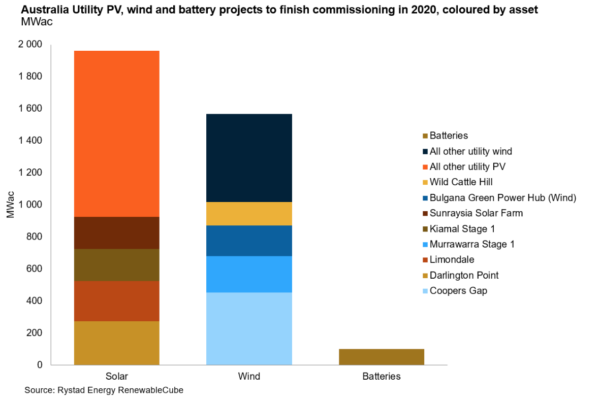
This comes despite the fact that the number and capacity of new utility wind and solar projects that were set to start construction in the third and fourth quarters of 2019 were the lowest of any quarter in the last three years. With difficulties in finalizing grid connection amid strenuous demands that the Australian Energy Market Operator is placing on renewables developers as the main reason behind these delays, a significant part of the solar pipeline in 2020 will be comprised of the slippage of projects scheduled for the previous year.
“The Australian renewables sector has been through a bit of a quiet spell as few new projects have broken ground in recent months, but we expect the industry to bounce back in the second half of 2020,” says Gero Farruggio, Head of Australia at Rystad Energy. “Projects with power purchase agreements (PPAs) and winners of government auction schemes and grants are scheduled to enter the construction phase, developers will be shifting to more favorable parts of the grid in Victoria, New South Wales and Queensland, and projects are lining up in central and northern New South Wales to replace the coal-fired Liddell power plant that is due to close by April 2023.”
Rystad Energy expects between 1.0 GW and 1.5 GW of new utility PV projects will break ground in Australia’s National Electricity Market (NEM) in 2020. These projects will be located in southeast Queensland, central and northern New South Wales and central/eastern Victoria. For utility wind, there are currently projects representing 7.9 GW that have received development approval. This includes about 5.3 GW of projects larger than 350 MW and located in favorable parts of the grid with owners that have development experience, Rystad says.
“There are now several projects at advanced stages of development with a total capacity of 3.76 GWac that have the potential to break ground in 2020, and most are located in desirable parts of the grid, being developed by experienced utility PV developers. New South Wales will be the most active region, with projects totaling 2.0 GWac located in the state,” says David Dixon, Senior Analyst Renewable Research at Rystad Energy.
As previously confirmed by Green Energy Markets, last year’s megawatts of large-scale commitments were down on 2017 and 2018 levels, at over 2,500 MW to November. According to data compiled by Bloomberg New Energy Finance (BNEF), investment in utility-scale assets fell 56% year-on-year, to just US$3.2 billion, its lowest level since 2016. Investment in utility-scale solar fell to US$1.2 billion from US$3 billion in 2018.
Speaking of large-scale solar additions, SunWiz warned the volume of big PV capacity commissioned fell considerably in 2019, with sub-20MW solar farms the notable exception. The consultancy said 23 solar farms totaling 1141 MW were connected to the grid last year, noting that a similar number was commissioned in 2018 but significantly higher capacity (1500MW).
This content is protected by copyright and may not be reused. If you want to cooperate with us and would like to reuse some of our content, please contact: editors@pv-magazine.com.
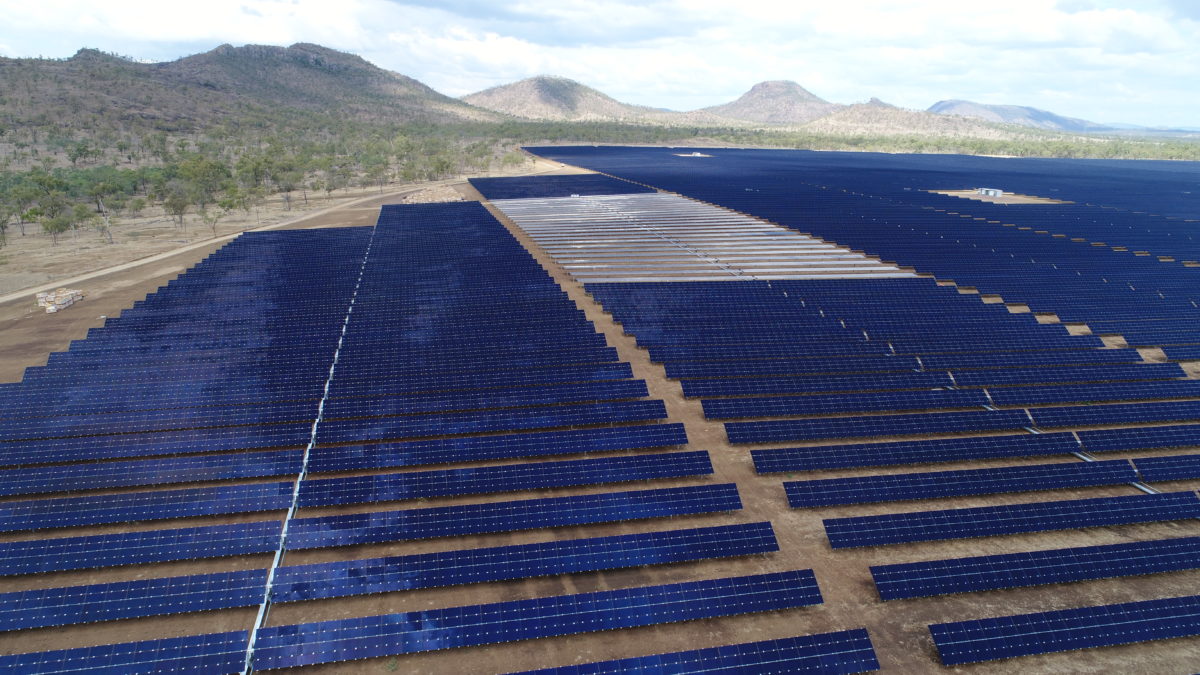




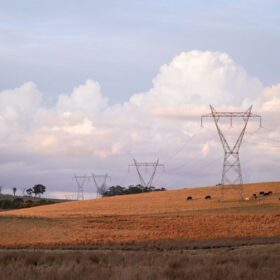
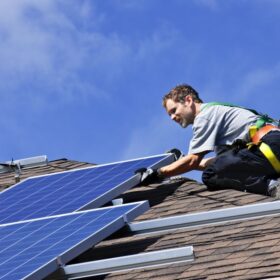
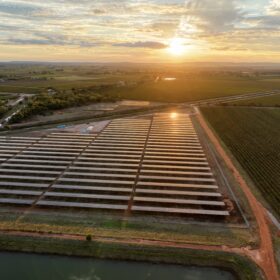
2 comments
By submitting this form you agree to pv magazine using your data for the purposes of publishing your comment.
Your personal data will only be disclosed or otherwise transmitted to third parties for the purposes of spam filtering or if this is necessary for technical maintenance of the website. Any other transfer to third parties will not take place unless this is justified on the basis of applicable data protection regulations or if pv magazine is legally obliged to do so.
You may revoke this consent at any time with effect for the future, in which case your personal data will be deleted immediately. Otherwise, your data will be deleted if pv magazine has processed your request or the purpose of data storage is fulfilled.
Further information on data privacy can be found in our Data Protection Policy.